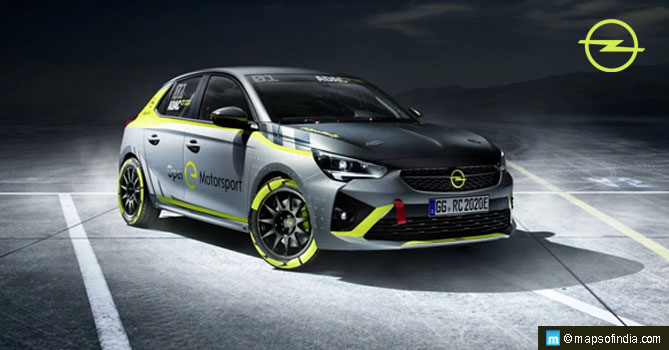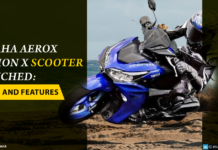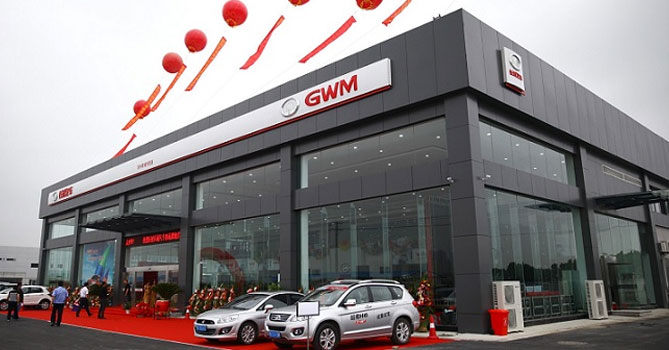
The oldest and most exhilarating addiction that humankind has known is speed, and whatever they’ve tamed, built or mass-produced to get them around and about has been pushed to its limits. Countless have perished – man and beast alike – while attempting to be the fastest, strongest and most agile. Many have faded to anonymity, and such is the price of passion that while countless more have dared to enter the arena, only a few have had their names engraved on the eternal stone. In the era of automobiles, this addiction is called Motorsport.
Whether it be automakers, designers or those behind the wheel, Motorsport has long been feeding yet another urge – the pursuit of the ultimate machine. Apart from, it has also been a platform for automobile manufacturers coachbuilders to test their latest technological advances on the track, pitted against the competition.
Motorsport has also been consuming over 8 million litres of high octane fuel and emitting 75 million kilograms of carbon dioxide alone, every year for the last few decades.
One of the most dangerous kinds of Motorsport is Rally Racing. Rallies are usually organised on public and private roads, or a network of them, with production cars that have been specially modified for them. These cars are stripped to their frame and rebuilt with customisations specific to the requirements of safety, performance and sport regulations.
The chassis is rid of any unwanted parts or members that add to the overall weight of the car. What remains is reinforced by welding the overall pre-welded joints. A roll cage is installed, and the body is replaced on the frame with just two seats and driving equipment inside. Rallies are point-to-point races where time-intervals and strict adherence to their schedule, decide the outcome. While some try to win by speeding between checkpoints, seasoned drivers understand that it is equally important to optimise the minimum travel time in each leg of the race. There are crashes, topple-overs, explosions and losses of men and machines, but the sport continues. Every year, rallies alone account for ten per cent of the motorsport-caused carbon footprint.
The need for a sustainable future demand that thrill and excellence should be sought with the choice of a responsible path, and the automotive industry has been in pursuit of the ultimate machine – of the future. Transcending to a clean and emission-free form of racing is the only way for motorsports to continue being a public event.
Electric Motorsport had laid its roots old and deep, but its true potential was not harnessed, until a decade ago. The last decade has seen significant developments in world racing events like the Formula E Championship, the Isle of Man TT and now the World of Rally Championships.
The new breed of rally cars is going to follow in the wake of those who are already committed to reducing the size of our carbon footprint.
Opel revealed the world’s first-ever electric rally-car based on an existing production vehicle a few months ago, at the German Rally Championship. It is called the Corsa-e-rally and will be covering thousands of kilometres as part of its test-run. Testing has begun, and the carmaker will be primarily working on the development of battery-load and temperature management under rally conditions.
Two prototypes have been commissioned to facilitate this run. Once their purpose is achieved, a reference car will be built based on the data and information generated from the tests. The company will be producing about twenty units as part of the first round of vehicles, and fifteen of these would be provided to racing teams for the upcoming ADAC Opel e-rally cup 2020-21.
Both the rally-car and the production models will utilise the same setup comprising of a fifty-kilowatt hour battery pack. Power comes from a hundred-kilowatt electric motor that produces over a hundred and thirty horses and 260 Nm of torque at its peak. The battery pack in its current arrangement provides for a 337km range on a single charge, with three driving modes to toggle the range output.
The competition mode allows the use of the motor’s full potential and is exclusively for high-performance outputs. The Rain mode prepares the torque adjustments for low-traction, and the Eco mode is basically for commuting between stages and service points. Other modifications to the Corsa e-rally include McPherson strut motorsport suspension, an utterly integrated roll-cage, lightweight seventeen-inch alloy wheels and some loud artwork on the body. Standard features like ESP, traction control and antilock braking will be deactivated for these tests.
Opel also plans to introduce an e-rally-dedicated academy after the results of the first e-Rally cup start coming in. With the ADAC Opel e-Rally cup, the company has brought the electric experience to conventional racing. It plans to educate and support young drivers in the coming future of motorsports.
Related Links:
Affordable EVs Set to be Launched at the Upcoming Auto Expo 2020




